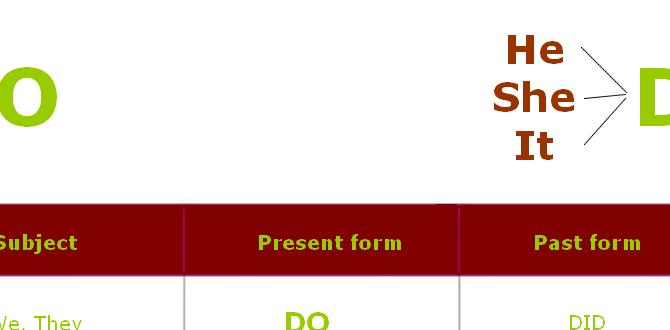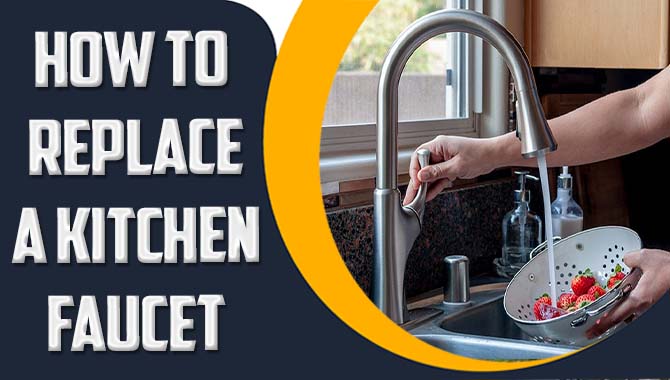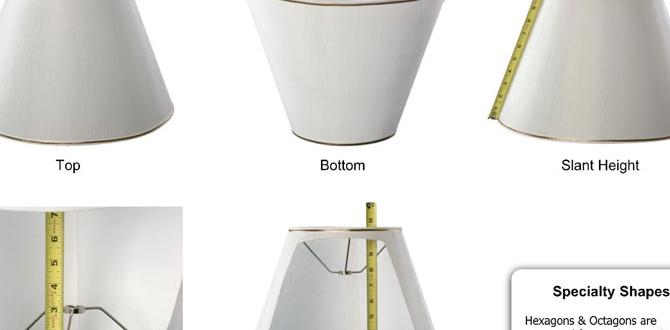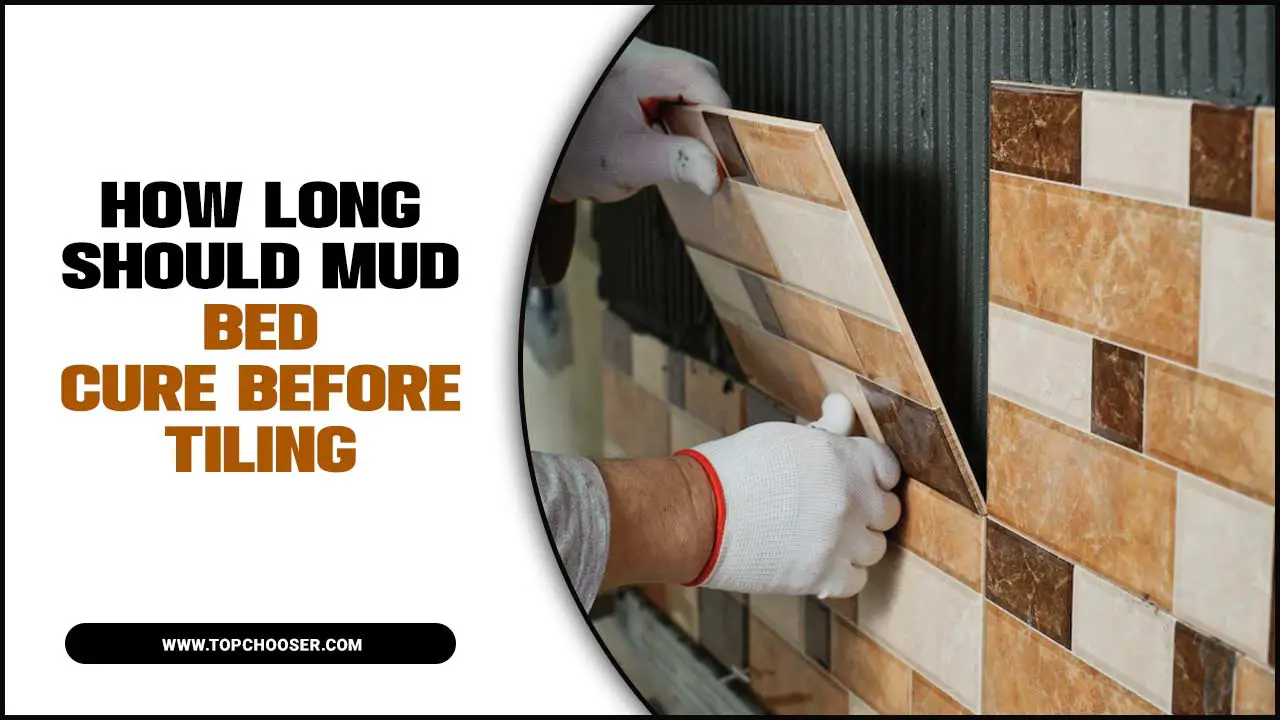Have you ever faced a toilet that just won’t flush? It can be pretty frustrating! Now, imagine it happens when you have guests over. Yikes! What if you don’t have a plunger on hand? Don’t worry; you can still handle this situation.
Many people think a plunger is the only solution. But there are other clever tricks to try. For example, did you know that hot water can save the day? Or that everyday items like a toilet brush might help? Let’s explore these creative methods together!
Learning how to plunge a toilet without a plunger can be a lifesaver. It not only helps you in a pinch but also impresses your friends with your quick thinking. So, are you ready to discover some simple, effective techniques? Let’s dive in!
How To Plunge A Toilet Without Plunger: Effective Tips

How to Plunge a Toilet Without a Plunger
Clogged toilets can be annoying, especially without a plunger. But don’t worry! You can fix this problem using simple household items. Start with hot water and dish soap. Pour them into the bowl. The heat and soap can help break down the blockage. Another method is using a bucket to create pressure. Filling it and pouring it quickly can sometimes clear the clog. These techniques are easy, effective, and save you from a messy situation!Understanding Toilet Clogs
Types of clogs that can occur. Common causes of toilet blockages.Toilet clogs happen for many reasons. Understanding these can help you fix the problem. Some common types of clogs include:
- Wipes and paper products
- Excess toilet paper
- Foreign objects, like toys
- Build-up in pipes
Common causes of toilet blockages are:
- Items not meant for toilets: Like wipes and hygiene products.
- Pipes growing old: Which can slow down water flow.
- Too much toilet paper: This can create big clogs quickly.
If you spot these items or issues, your toilet may need a little help. Knowing these points prepares you for any clog!
What are the common causes of toilet clogs?
Common causes include improper items flushed, too much toilet paper, and aging pipes. Understanding these can help you avoid clogs in the future.
Tools and Items You Can Use
Household items for unclogging. Safety considerations when using alternative methods.When your toilet gets clogged, don’t panic! You can use everyday household items to help fix it. A wire coat hanger can work wonders with a bit of bending. Dish soap and hot water? They’re like a magic potion that helps things slide right down. You could even try baking soda and vinegar—who knew chemistry could help our toilets?
However, safety first! Always wear gloves and avoid harsh chemicals that could hurt you or your pipes. Here’s a quick table for your DIY adventure:
| Item | How to Use |
|---|---|
| Wire Coat Hanger | Unbend and poke gently into the clog. |
| Dish Soap | Add it to the bowl and follow with hot water. |
| Baking Soda & Vinegar | Pour in and watch it fizz! |
So gather your tools, stay safe, and let the unclogging begin! Remember: toilets may be fussy, but you’re smarter!
Step-by-Step Methods to Unclog a Toilet
Using hot water to dissolve clogs. Employing dish soap and hot water combination.Using hot water can help dissolve clogs in your toilet. Start by boiling a pot of water. Then, slowly pour it into the bowl from waist height. The heat can break down the blockage and help it flow away.
Another method involves dish soap. First, squirt a good amount of dish soap into the toilet. Let it sit for a few minutes. Then, repeat the hot water step. This combination can help loosen tough clogs.
Can hot water really help unclog a toilet?
Yes, hot water can help break down clogs. It adds heat and pressure that works on hard blockages. Pairing it with soap makes it even more effective.
Steps for Using Hot Water and Soap:
- Boil water in a pot.
- Pour it into the toilet from above.
- Squirt dish soap into the bowl.
- Let it sit, then add hot water.
Using a Coat Hanger or Similar Tools
How to fashion a makeshift tool. Methods for carefully dislodging the clog.Sometimes, a coat hanger can be your best friend in a clogged toilet situation. First, untwist the coat hanger. Make it long and straight. Be careful; you want to keep the hook at the end. This hook can help pull out what’s causing the blockage. Slide it gently into the toilet to catch any stubborn clogs. Twist and turn to dislodge it. If needed, flush after a few tries to see if the clog clears up.
How to use a coat hanger for unclogging?
To properly use a coat hanger to unclog your toilet, follow these simple steps:
- Untwist the hanger until it’s straight.
- Create a small hook at one end.
- Carefully insert the hook into the toilet.
- Gently move it around to catch the clog.
- Flush to check if it worked.
Did you know that around 50% of toilet clogs can be fixed at home? With a little creativity, you can solve the problem without a plunger!
Applying the Bucket Method
Instructions for pouring water from height. Importance of water temperature and volume.To skillfully use the bucket method, hold the bucket high above the toilet. Aim for the center. This helps push the water down, creating a strong wave. Use at least a gallon of water for better results. Warm water works best. It helps break down clogs faster. A gentle, controlled pour is key. Pouring too fast may cause splashes. So take your time, and you could be free of the blockage!
How high should I pour the water?
Pouring from at least two feet high creates a strong force to help with clogs. This helps the water move swiftly to clear the blockage.
Avoiding Common Mistakes
What not to do when unclogging. Signs that might indicate a more serious issue.Many people make mistakes while unclogging toilets. Here are a few things to avoid:
- Don’t flush again if the water rises. This can cause spills.
- Avoid using harsh chemicals. They can damage the toilet.
- Don’t use metal tools that can scratch the toilet bowl.
If you see water bubbling or hear gurgling sounds, these may be signs of a bigger blockage. Addressing these signs quickly can prevent future problems.
What should I do if my toilet is gurgling?
Check for clogs in other drains, as this may signal a serious issue. It’s best to act fast to avoid bigger headaches later!
When to Call a Professional
Signs that indicate the need for expert help. Potential costs vs. DIY solutions.Sometimes, a toilet problem needs more than a DIY fix. Watch for signs, like water leaking or strange sounds. These issues can mean trouble. If unclogging fails, a pro is your best bet. Costs vary. DIY is cheaper but can waste time. A plumber may charge $100 to $300 for major problems, but they fix it right.
How do I know when to get help?
It’s time to call a professional if:
- There’s a flood or water pooling.
- Your toilet backs up often.
- The water doesn’t drain at all.
- Strange noises come from the toilet.
Taking quick action can save money and time.
Conclusion
In conclusion, you can clear a clogged toilet without a plunger. Use hot water, dish soap, or a coat hanger to break up the blockage. These methods are simple and effective. If you try these and still face challenges, don’t hesitate to ask for help. For more tips on toilet care, explore other resources. Happy unclogging!FAQs
What Household Items Can Be Used As Alternatives To A Plunger For Unclogging A Toilet?You can use a toilet brush to help move the clog. A wire hanger can also work if you straighten it out. Dish soap mixed with warm water can break down the blockage, too. If you have a bucket, you can pour water quickly into the toilet to help push the clog down.
How Can Hot Water Help In Resolving A Toilet Blockage Without A Plunger?Hot water can help clear a toilet blockage because it helps break up what’s stuck. When you pour hot water into the toilet, it makes things softer. This can help the blockage flow down the pipe. Just be careful not to use boiling water, as it might crack the toilet!
Are There Any Diy Techniques To Unclog A Toilet Without Using A Plunger?Yes, there are some ways to unclog a toilet without a plunger. You can try adding hot water. Just boil a pot of water and carefully pour it into the toilet from a little height. Another method is using baking soda and vinegar. Pour one cup of baking soda and then one cup of vinegar into the toilet. Wait for a few minutes, then flush.
What Common Mistakes Should I Avoid When Trying To Unclog A Toilet Without A Plunger?When trying to unclog a toilet without a plunger, avoid using too much force. Don’t use items like hangers, as they can scratch the toilet. Also, don’t pour harsh chemicals in the toilet; they can be dangerous and harm the pipes. Be careful with hot water, as it can crack the toilet. Instead, try using soap or warm water gently to help break up the clog.
When Should I Consider Calling A Plumber If My Toilet Remains Clogged Without A Plunger?You should call a plumber if your toilet stays clogged for a long time. If water rises too high, that’s a big problem. You should also call if you hear strange sounds or smell bad odors. A plumber can help fix it safely and quickly.








